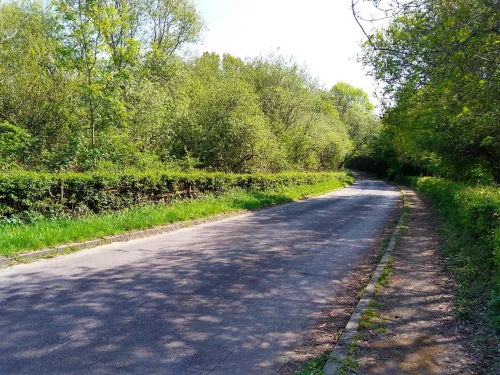
Along the Hedgerow
Following the dry, warm, sunny weeks, the earth is dry and cracking beneath our feet. However, the hedgerow we walk along is green and colourful with blossoms of many kinds.
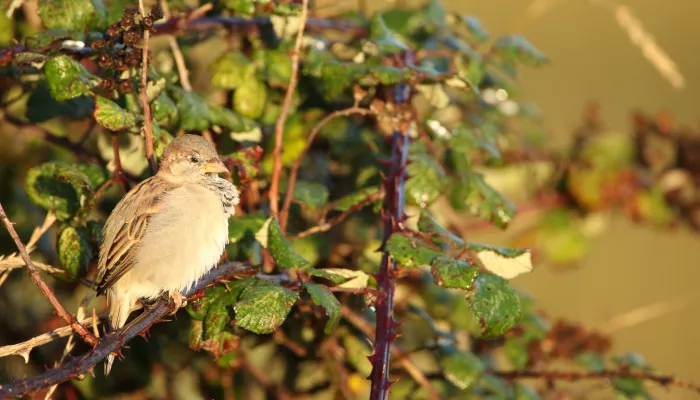
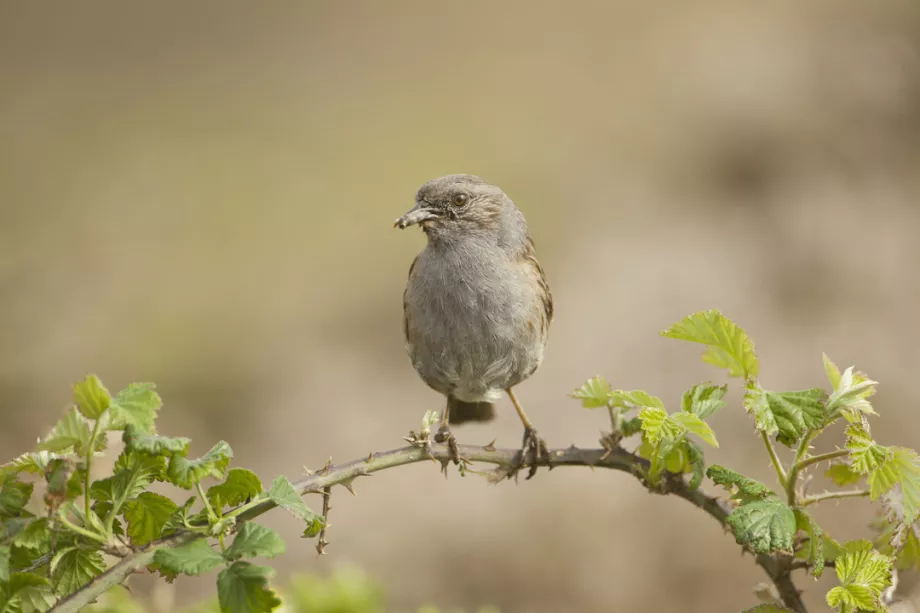
© Mark Hamblin
We know that hedges have disappeared at a shocking rate – but what makes this such a loss?
The benefits of hedges are many, but let’s break them down into some key categories:
To start, hedges are important simply because they serve almost all groups of creatures; it’s estimated that 40% of UK hedges are ancient or species-rich. Mammals, invertebrates, birds, reptiles, and amphibians can be found in hedgerows, roosting, foraging, sheltering, and travelling. Like all habitats, a variety of food chains exist in a hedgerow; for example, a leaf feeds a worm which feeds a blackbird which feeds a hawk. All of these food chains in combination create a food web – and if a link in the chain is broken (e.g. blackbirds disappear from the local environment), the delicate balance in the web can be damaged.
As well as hosting a diverse range of creatures, hedgerows are relied on by many of the species listed as priorities in the government’s Biodiversity Action Plan. The dormouse, for one, needs a hedge for its hibernation through the winter months. And of course, hedgehogs love hedges! These omnivores thrive on the food that hedgerows provide, and use them as shelter, too.
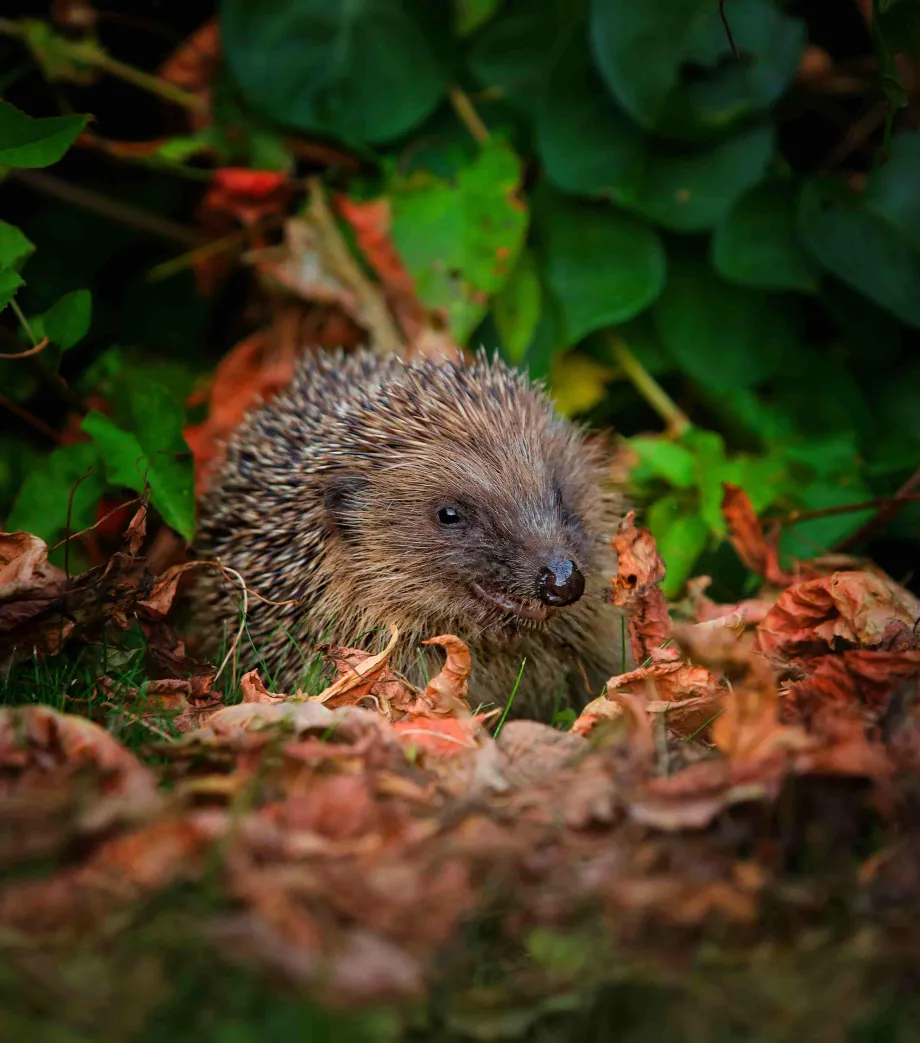
© Job Hawkins
Hedgerows are teeming with all manner of plants that support wildlife, like brambles, upon which bees and butterflies rely, and berries, which are crucial food for birds like songthrushes and yellowhammers.
Another significant reason why hedges are so important is that they are some of the last remaining ‘wildlife corridors’ between habitats. As hedges travel from field to field to woodland, so too do the creatures that use them as highways.
Many of us know the drill with trees by now – the general message we’re familiar with is that trees store carbon, which is vital in our fight against climate change. Hedges, though, are often excluded from this conversation, although they serve the same function.
Burning fossil fuels like coal, oil, and gas for electricity emits CO2, a greenhouse gas which traps heat in the atmosphere. That, in turn, heats up our planet, causing more extreme weather events and rising sea levels. A (small) part of the solution to this is carbon capture... and the good news is, nature can do this for us. Trees and hedges capture carbon through photosynthesis and release oxygen – if we let them, that is!
In terms of the local environment, hedges reduce the volume of pollutants (like fertilisers and pesticides) that reach our watercourses by acting as physical barriers and increasing soil infiltration. These nutrients can then be more easily recycled through the plants.
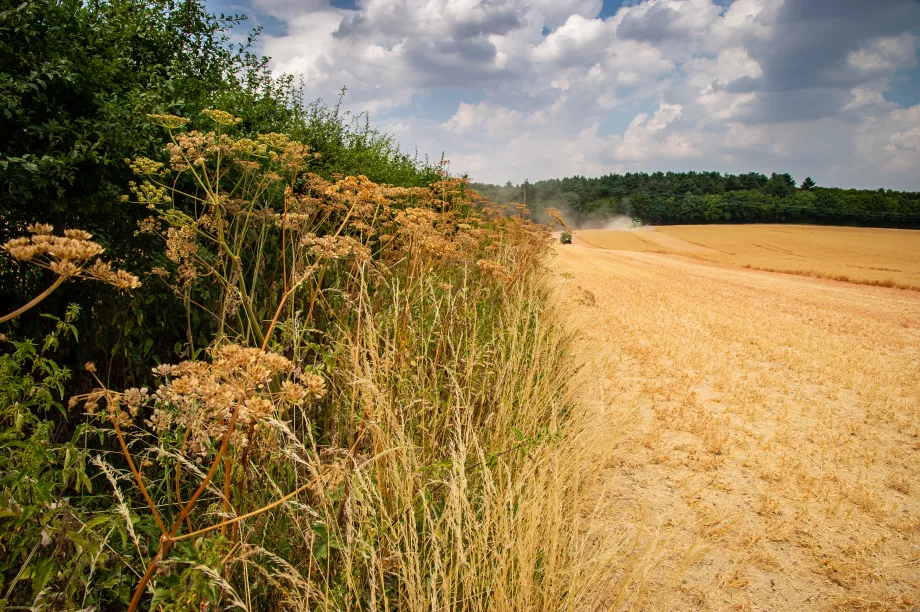
Without plant matter, soil is at risk of becoming compacted and lacking in nutrients. Both are bad news for landscapes on the whole.
When hedgerow plant roots are present, they help the soil to absorb water faster – which is particularly helpful in the instance of flooding, but also for soil health and the longevity of a landscape in general.
Over the last few decades, more and more farmers have been realising the importance of hedgerows and acting to plant and protect them. The benefits of healthy hedges to farms include:
Want to see not one but two nature-friendly farm gardens in action? The 22nd June offers a chance to visit Green Farm & Moat Farm in Shadoxhurst...

Following the dry, warm, sunny weeks, the earth is dry and cracking beneath our feet. However, the hedgerow we walk along is green and colourful with blossoms of many kinds.
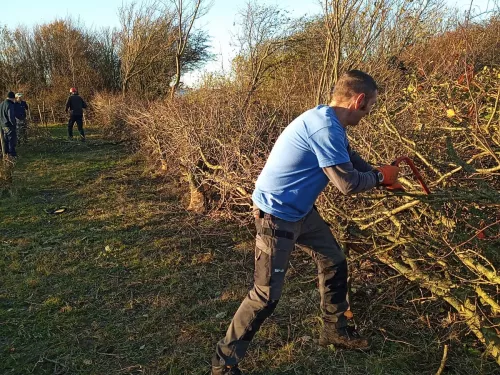
In episode 10 of Talk on the Wild Side, Rob Smith spends a day at Moat Farm for a Healthy Hedgerows workshop. He speaks to a self-confessed hedge geek, a hedgelaying expert and conservationist, a local landowner, and the host of the workshop.
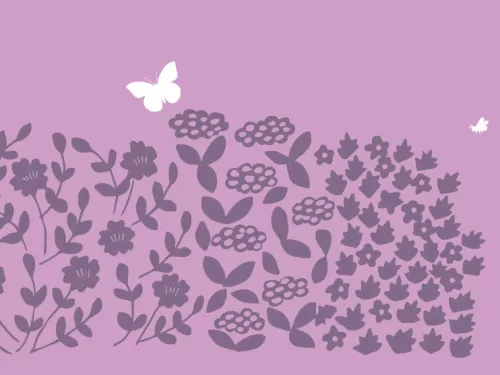
Hedges provide important shelter and protection for wildlife, particularly nesting birds and hibernating insects.